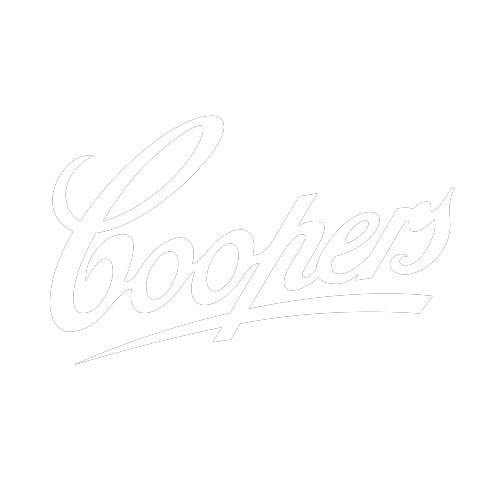The Commute
22 September–22 December 201822 Sep–22 Dec 2018
#TheCommute
Commuting between centres and edges, between cities and countrysides, and between worlds is increasingly normal— necessary even. A commute or regular journey of some distance to and from one’s workplace is something many of us engage in on a daily basis. A commute as a multidirectional trip not only takes one to work but also leads one home and to places of learning and social/political connection. If we take this as fact, then we understand commuting as comprising two key factors, place and travel. Through networks of migration, trade, and exchange engendered in both deep time and every day, place and travel become integral to contemporary Indigenous experience. Perhaps we can understand migration, trade, and exchange as forms of commuting, and understand ourselves as commuting cultures. So, then commuting also requires vigilance of the forces driving our understanding of place and movement, such as displacement, diaspora, and ecological devastation across various territories. Drawing from the experiences of commuting cultures, the IMA Visiting Curators present The Commute. This exhibition encompasses a series of commissioned projects by artists located around the Great Ocean, also known as the Pacific Rim, who assert complex, wide-ranging, contemporary Indigenous experiences inclusive of both ancestral knowledges and global connections. The Visiting Curators have worked closely with eight Indigenous artists, Natalie Ball (Modoc, Klamath, Black), Hannah Brontë (Yaegel), Bracken Hanuse Corlett (Wuikinuxv, Klahoose), Chantal Fraser (Sāmoa), Lisa Hilli (Gunantuna), Carol McGregor (Wathaurung, Scottish), Ahilapalapa Rands (Kanaka Maoli, iTaukei Viti, Pākehā), and T’uy’t’tanat-Cease Wyss (Sḵwx̱ wú7mesh, Stó:lō, Irish, Métis, Kanaka Maoli, Swiss). The Commute is a collaborative project led by Indigenous curators Freja Carmichael (Quandamooka), Sarah Biscarra Dilley (yak tityu tityu yak tiłhini Northern Chumash, Chicana), Léuli Eshrāghi (Sāmoa, Irānzamin, Guangdong), Tarah Hogue (Métis, Dutch) and Lana Lopesi (Sāmoa), invited as 2018 Visiting Curators at the IMA. On a basic level, commuting describes the way in which the international group of Indigenous Visiting Curators are working with the IMA, the exhibiting artists and pockets of the local community. But in a greater sense, it also encapsulates the mobile yet located nature of being Indigenous today. Rather than attempting to package such diverse experiences neatly within a conceptual framework, The Commute explores the mess, the entanglements and the disparities of contemporary Indigenous experiences. “Never before have such a diverse group of Indigenous people centred their own concerns and voices, from concept to outcome, by curating themselves”—Runway, ‘Vital & Vibrant: The Commute at Institute of Modern Art’, October 2018 “It’s immediately apparent that a great amount of care and patience has occurred in the conversations between artists and curators. Each piece in the space flows into the next, in the same way that the waters belonging to both curator and artist do. The most striking thing about this exhibition is the feeling of time standing still and no longer existing in the linear. The combination of ancestral practices, new technologies and materials sing to each other in language, illustrating this timelessness and resistance to colonial subjugation. It is a reminder of the unspoken and deep solidarity that unites First Nations peoples. It is also a gentle reminder of the power that exists in the cultural practice of caring and customary lore of offerings when visiting the lands of other Nations.—Un Magazine, ‘Reviews: The Commute’, October 2018
The Commute is supported by the IMA and has received assistance from the Australia Council for the Arts, Australian Government through the Australian Cultural Diplomacy Grants Program of the Department of Foreign Affairs and Trade, Creative New Zealand, Canada Council for the Arts, Queensland Government through Arts Queensland, and Queensland Government through Arts Queensland in partnership with Brisbane City Council.


![]()



Artists
Visiting Curators
- Freja Carmichael
- Sarah Biscarra Dilley
- Léuli Eshrāghi
- Tarah Hogue
- Lana Lopesi
Off-Site Venues
- Artspace Aotearoa
Auckland, Aotearoa New Zealand15 Mar–25 May 2019Vancouver Art Gallery
Vancouver, Canada28 Sep–23 Feb 2020Exhibition Texts
Modoc, Klamath, Black
makes art as proposals of refusal, without absolutes, to complicate an easily affirmed and consumed narrative and identity. Her work uses materiality and gesture to create power objects that refuse the spectacle in relation to American history of settler colonialism, and her communities.
is an artist living and working on Yugambeh country. Brontë’s body of works explores the female experience, young women’s and mother’s journeys and spiritual connections. Her journey of self discovery and the tangled layers of the human experience drive her to create dreamscapes exploring what could be.
Hannah embraces multiple mediums including video, textiles, and sound scapes, and combines these to create visually distinctive works with a kaleidoscopic lens.
In addition to being an artist, Hannah Bronte is a DJ, mother of Fempre$$ and training to be a birthing Doula.
is an artist living and working on Yugambeh country. Brontë’s body of works explores the female experience, young women’s and mother’s journeys and spiritual connections. Her journey of self discovery and the tangled layers of the human experience drive her to create dreamscapes exploring what could be.
Hannah embraces multiple mediums including video, textiles, and sound scapes, and combines these to create visually distinctive works with a kaleidoscopic lens.
In addition to being an artist, Hannah Bronte is a DJ, mother of Fempre$$ and training to be a birthing Doula.
Wuikinuxv, Klahoose
is an interdisciplinary artist who has studied Northwest Coast art, carving and design. His work fuses painting and drawing with digital-media, audio-visual performance, animation and narrative. He has received recent public art commissions from the City of Vancouver and the Vancouver Mural Festival, and is a recipient of the BC Creative Achievement Award for First Nations Art.
Sāmoa
is an interdisciplinary artist interested in the binary and ternary connotations of adornment and silhouette when presented in varying artistic contexts. Her work questions reader relevance by subverting the perpetual cultural and anthropological interpretations of the objects made.
is an interdisciplinary artist interested in the binary and ternary connotations of adornment and silhouette when presented in varying artistic contexts. Her work questions reader relevance by subverting the perpetual cultural and anthropological interpretations of the objects made.
Sāmoa
Gunantuna
prioritises Indigenous knowledge and matrilineal systems to subvert colonial and Western histories contained within ethnographic and archival material. The representation of the black female body and the politics of hair are ongoing themes that the artist explores through photographic and textile practices.
Wathaurung, Scottish
works across multi-media disciplines with materials including ephemeral natural fibres, metal, and paper. Her recent art practice revives the traditional possum skin cloak as an art form and a way to strengthen community and individual identities.
works across multi-media disciplines with materials including ephemeral natural fibres, metal, and paper. Her recent art practice revives the traditional possum skin cloak as an art form and a way to strengthen community and individual identities.
Wathaurung, Scottish
Kanaka Maoli, iTaukei Viti, Pākehā
uses performance, video and storytelling to explore and articulate intersections of Indigenous experience. Much of her work reflects and shifts around processes of reconnection to her cultures, weaving contemporary with historical Indigenous knowledge.
Sḵwx̱ wú7mesh, Stó:lō, Irish, Métis, Kanaka Maoli, Swiss
is an interdisciplinary artist whose work in new media, performance and community engaged projects spans over twenty-five years. Her work focuses on sustainability, Coast Salish cultural elements, ethnobotany, and digital media. Wyss is an emerging weaver, working with traditional techniques in wool and cedar.
is an interdisciplinary artist whose work in new media, performance and community engaged projects spans over twenty-five years. Her work focuses on sustainability, Coast Salish cultural elements, ethnobotany, and digital media. Wyss is an emerging weaver, working with traditional techniques in wool and cedar.
Sḵwx̱ wú7mesh, Stó:lō, Irish, Métis, Kanaka Maoli, Swiss
is a Ngugi woman belonging to the Quandamooka People of Moreton Bay. She is a curator working alongside artists and communities on diverse exhibition projects and is currently the inaugural Macquarie Group collection First Nations emerging curator and a member of Blaklash Collective.
Quandamooka
Quandamooka
is a Ngugi woman belonging to the Quandamooka People of Moreton Bay. She is a curator working alongside artists and communities on diverse exhibition projects and is currently the inaugural Macquarie Group collection First Nations emerging curator and a member of Blaklash Collective.
yak tityu tityu yak tiłhini Northern Chumash, Chicana
is an artist, curator, and writer residing in the unceded homeland of the Chochenyo (Ohlone) at Huichin. A member of yak tityu tityu yak tiłhini Northern Chumash tribe, she works with cut paper, archival material, handwork, language, and relation to illustrate place-making, displacement, and home.
is an artist, curator and writer visiting Kulin Nation territory who hails from the Sāmoan archipelago, Pārs plateau and other ancestries. Ia work centres on ceremonial-political practices, language renewal, and Indigenous futures throughout the Great Ocean.
Sāmoa, Irānzamin, Guangdong
Sāmoa, Irānzamin, Guangdong
is an artist, curator and writer visiting Kulin Nation territory who hails from the Sāmoan archipelago, Pārs plateau and other ancestries. Ia work centres on ceremonial-political practices, language renewal, and Indigenous futures throughout the Great Ocean.
Métis, Dutch
is a curator, writer and uninvited guest on xʷməθkʷəy̓əm (Musqueam), Skwxwu7mesh (Squamish), and səl̓ilwətaɁɬ (Tsleil-Waututh) territories/Vancouver, B.C. Her work engages collaborative methodologies and a careful attentiveness to place in order to decentre colonial modes of perception within institutional spaces. She is the inaugural Senior Curatorial Fellow, Indigenous Art at the Vancouver Art Gallery.
is an art critic and writer based in Tāmaki Makaurau, Aotearoa New Zealand. Lana is currently the Editor-in-Chief for The Pantograph Punch, Editor for Design Assembly and founding editor of #500words.
Sāmoa
Sāmoa
is an art critic and writer based in Tāmaki Makaurau, Aotearoa New Zealand. Lana is currently the Editor-in-Chief for The Pantograph Punch, Editor for Design Assembly and founding editor of #500words.



